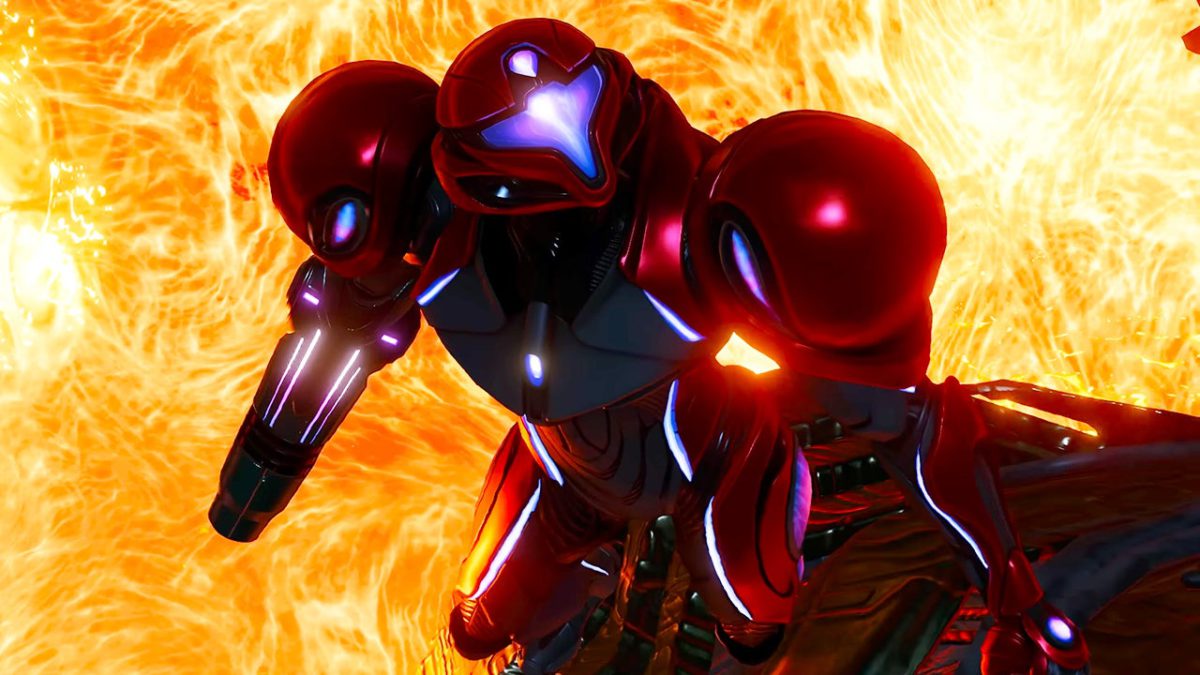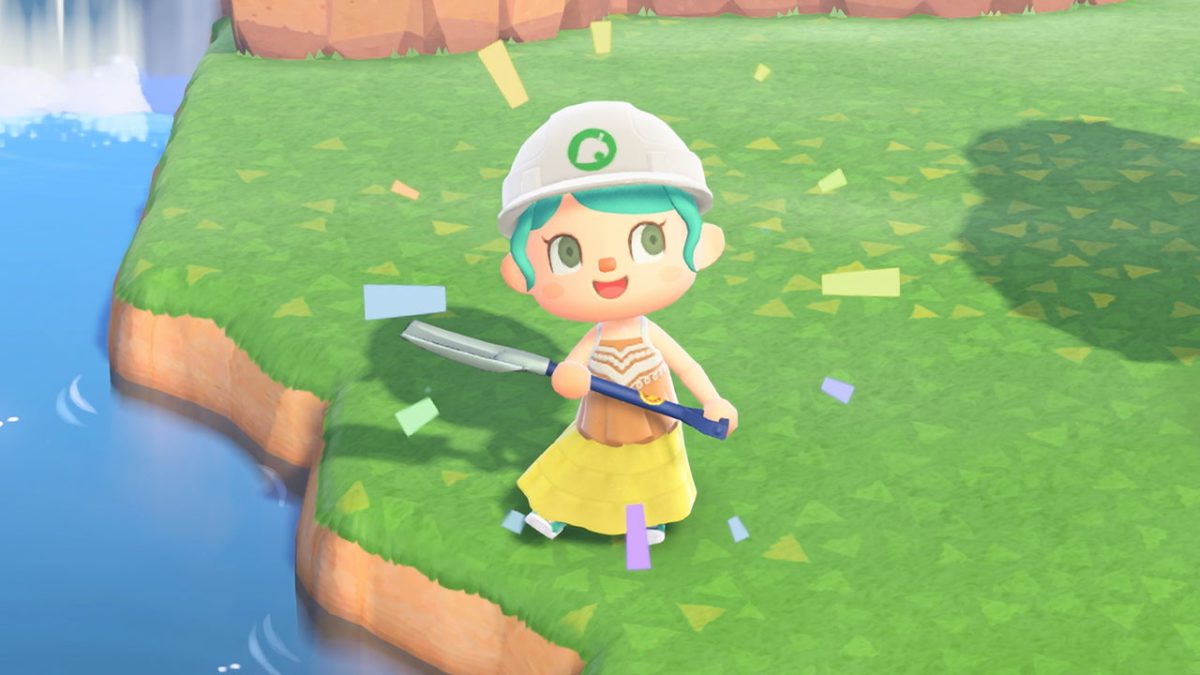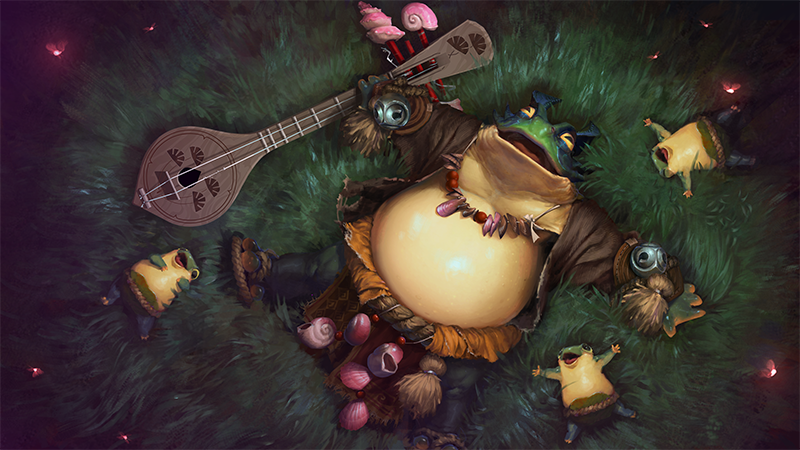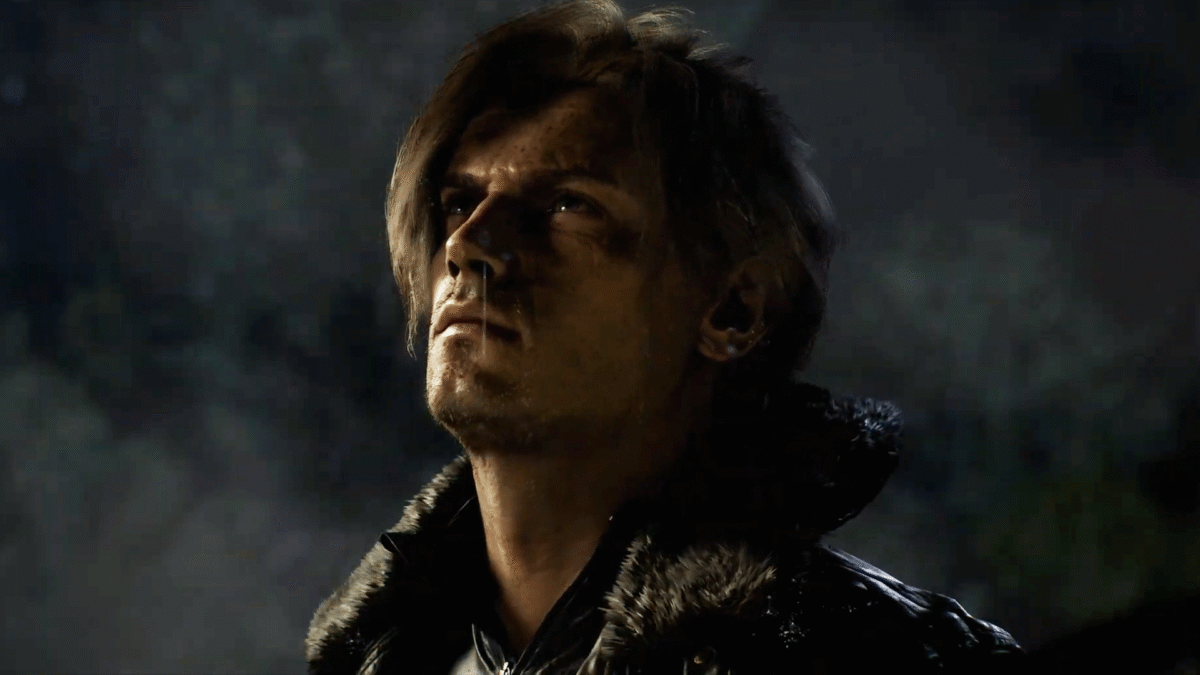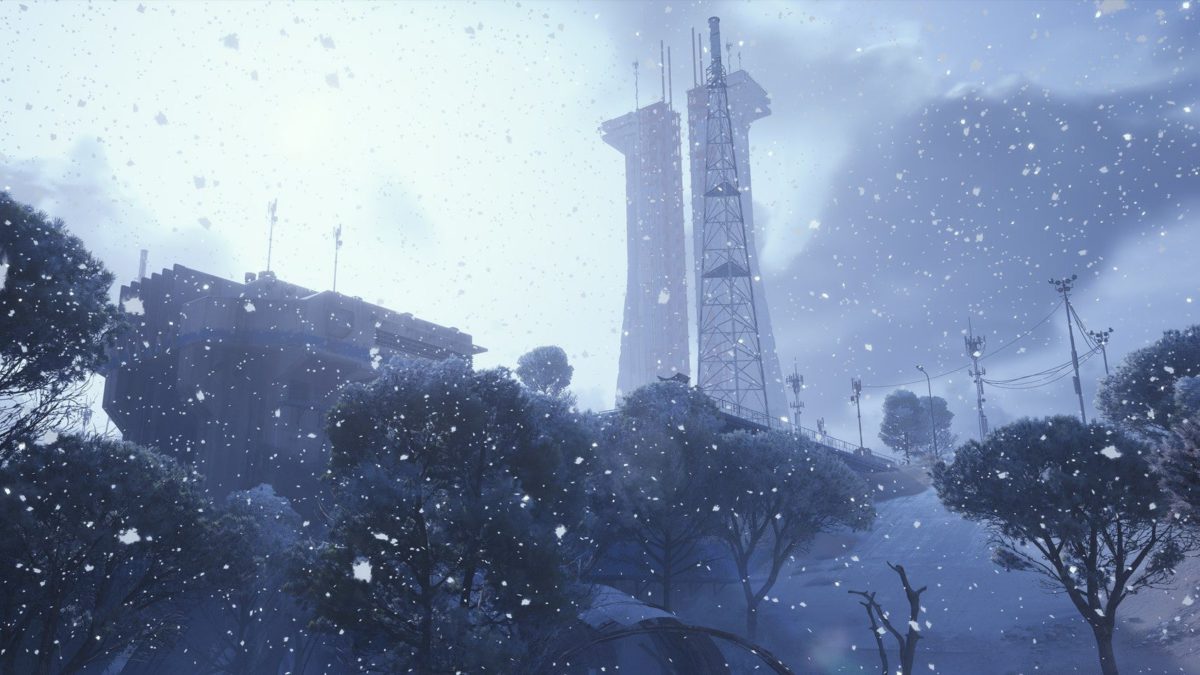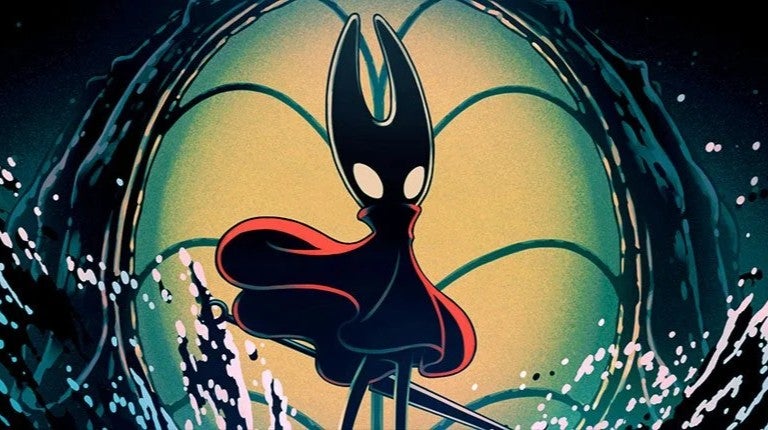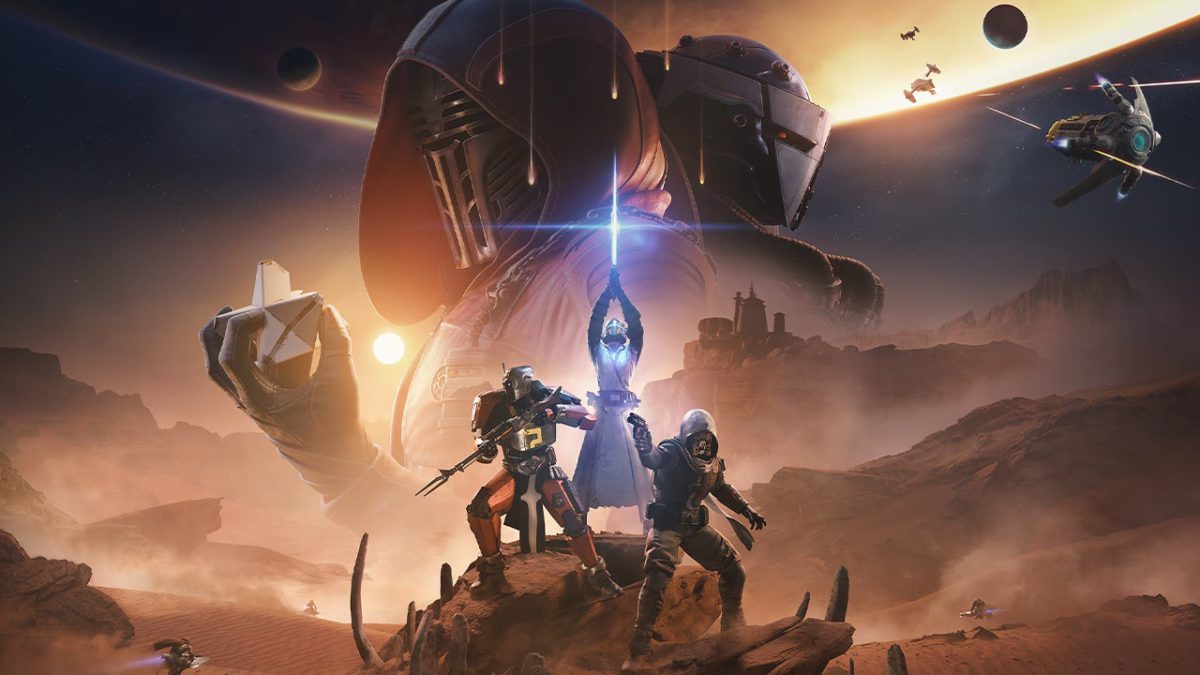
The past few years have felt like an embarrassment of riches when it comes to RPGs, and so expectations were high going into 2025. Thankfully, the last 12 months certainly lived up to such a bar. While that’s good for gamers, it made things more than a little tough when whittling down our list of the best role-playing games of the year, especially because we had a wide variety of RPG styles that satisfied different tastes.
Avowed gave us some of that Obsidian magic in a fantasy world that was tighter and more focused than many of its contemporaries, resulting in a game that didn’t feel as overwhelming as typical open-world RPGs. Deltarune’s new chapters elevated the ongoing Undertale-adjacent saga to new heights with increasingly clever gameplay twists and sharper narrative chops. And if you had 100-plus hours to spare, Octopath Traveler 0 offered a stunning conclusion for an unforgettable journey to cap off the year.
The definition of RPG is fairly free-flowing these days, so you’ll see games with elements of the genre in our other award categories. But we made careful considerations for games with RPG mechanics at the forefront of their gameplay, along with deep stories, for this particular list. However, there can only be five games and one winner, so the IGN team voted and deliberated on which games would make up this year’s list. We believe the genre is in good hands with the games we picked, and the game we’ve chosen as the Best RPGs of 2025 is something very special.
Runner-Up – Trails in the Sky: 1st Chapter
The Trails series, part of the larger Legend of Heroes franchise, has been gaining more and more traction over recent years. But it’s tricky to recommend as it now numbers 13 entries, all of which are part of a continuous timeline. Remake Trails in the Sky: 1st Chapter helps rememdy that problem, as it went right back to the beginning to create one of strongest and sharpest games in the series – and now, it’s the easiest one to recommend.
Trails revolves around a deeply developed world with captivating geopolitical drama at its heart. 1st Chapter does such a good job of painting that broad picture, which is seen in detail through the eyes of its two leads, Estelle and Joshua. As budding Bracers (a peacekeeping guild) whose father is a legend in the guild, they’re perfect conduits to provide a pretty intimate understanding of the world’s various regions and how they feed into the larger story. The turn-based battles feature a fantastic blend of action combat and the series’ unique positioning system, which creates a gameplay flow that ushers you through this expanded version of this classic RPG. The true magic of Trails lies in the multifaceted stories from multiple perspectives, but it all starts here in Trails in the Sky, and this remake is a terrific representation of that.
Runner-Up – Dragon Quest 1&2 HD-2D Remake
Square Enix has done excellent work in revitalizing the Dragon Quest games of yore, and Dragon Quest 1&2 HD-2D Remake is the best example yet. The high-definition pixel art makeover is more than just a sensible way to pretty-up these classics, it also lets them stay true to the spirit of their original look without the weird pixel smoothing effect of past remasters. These Remakes also retain the turn-based combat system and characters without sacrificing the distinct spirit of the original games from all those years ago (frustrating difficulty spikes and all), but even then, quality of life improvements make sure they’re still enjoyable in a modern sense. Combined with the DQ3 HD-2D remake, these games complete the “Erdrick trilogy” of Dragon Quest games, and you can see how the series pioneered the genre, especially with the second entry’s emphasis on characters and storytelling. This package is one of the best examples of modernized nostalgia – faithful to the originals and approachable in today’s gaming landscape. And it’s some of the best role-playing we experienced this year.
Runner-Up – The Outer Worlds 2
When it comes to RPGs and letting players dictate how they interact with the world, Obsidian is one of the best studios to do it. The Outer Worlds 2 improves on the first game in almost every way, from punchier gunplay to much deeper role-playing systems. The options you have to build your character and make pivotal choices have a larger impact on what you can do in combat, but also create specific avenues for how quests play out. We keep pointing to the Flaws system, which was present in the original, but has been expanded in unpredictable, creative ways by giving you some serious pros/cons to consider based on your playing habits. However, the much more expansive areas, smarter level design, and dynamic combat encounters make sure the actual gameplay experience is a significant leap over the first game. And you can’t have an RPG of this style without choice and consequence at the heart of the story, and Obsidian reminds us with The Outer Worlds 2 that it still has the chops, even in a post-Fallout: New Vegas era.
Runner-Up – Kingdom Come: Deliverance 2
Kingdom Come: Deliverance 2 is an investment that pays back multiple times over in its 120-hour runtime. It’s a commitment – a slow-burn game you have to want to live in. But it’s also an action-packed cinematic adventure that proves to have an emotional range that the original didn’t. You might be just “some guy” as Henry, yet that role often lets you see the world for what it is, whether you’re doing seemingly mundane activities or the pivotal story quests where your choices matter. What this game does better than most, though, is first-person melee combat, a tough thing that even the mighty Elder Scrolls franchise has struggled with for so long. It is intricate, skill-based, and stays engaging even as you get deeper into the furthest corners the campaign. Although developer Warhorse Studios arguably tries to bite off more than it can chew at times, you’ll find the quality writing and great combat leads you to a satisfying conclusion. This sequel might pick off where the first ended, but jumping into Kingdom Come: Deliverance 2 regardless of your experience will open you up to a rare RPG that deserves its flowers, 2025 or otherwise.
Winner – Clair Obscur: Expedition 33
Suprise, surprise – the Best RPG of 2025 is Clair Obscur: Expedition 33, and for good reason. The folks at development team Sandfall Interactive drew direct inspiration from Japanese RPGs like Final Fantasy 10 and Persona 5 (their words, not ours), and made the kind of game they wanted to play. We know there’s still a huge appetite for good turn-based RPGs, and Clair Obscur is further proof of that, but it’s the mechanics built into the combat system that makes it stand out. The active timing inputs keep you engaged in each fight, and recognizing attack patterns so that you may parry and inflict damage on an enemy turn is some of the most satisfying stuff we’ve experienced in a turn-based system. Each party member plays uniquely and has their own unique gameplay gimmick, as to represent a Job or Class, but there’s then the Picto/Lumina system that lets you stack on perks and wild buffs – at some point it feels like you’re breaking the game. However, the toughest challenges ensure the game pushes back on you to really test your mastery and understanding of its more intricate mechanics. It’s one of the best combat systems we’ve seen in a good long while, and it keeps that momentum throughout its story and optional content.
But Expedition 33 wouldn’t be a true homage to JRPGs without a melodramatic and heartwrenching story. While it immediately hits you with the theme of time wiping away swathes of people – friends and loved ones disintegrating before your eyes – it grows into a meditation on grief and how it changes people, seen through the eyes of fully formed characters who change alongside each other. Whether or not you want intricate systems, fun combat, or deep stories from your RPGs, Clair Obscur delivered all of that in a way that won the hearts of us here at IGN.
For more of our end-of-the-year celebrations, be sure to check out our list of awards and nominees, which is being updated daily in the lead-up to our official Best Game of 2025 announcement.
Michael is the tech reviews editor at IGN, but regularly contributes to games coverage with reviews, features, and news.







